| Achievement | |
| 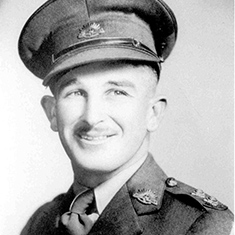
'Singapore Samurai'
Lieutenant Penrod Dean (1924-30) was ‘taken into the net’ at the fall of Singapore. His remarkable story was revealed in his autobiography ‘Singapore Samurai’. Penrod was a Lieutenant in the Second AIF and was among the thousands captured at the fall of Singapore in WWII. Penrod and a fellow serviceman escaped from the Changi POW camp in 1942. While on the run, they succeeded in sabotaging the Japanese war effort, fell in with the Chinese Communist guerrilla group and then moved on alone in the jungles of Malaya. Eventually they were betrayed to their enemies, mercilessly tortured and sentenced to two years solitary confinement, where Penrod taught himself Japanese at the notorious Outram Road prison in Singapore. After his release in 1945 Penrod was an observer at the War Crimes Tribunals in Tokyo. | |
| 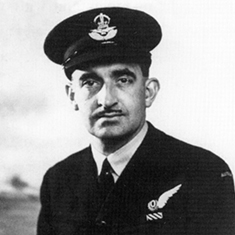
'Dambuster'
Lance Howard (1926-30) was involved in one of the most daring and dangerous air force operations in WWll. The ‘Dam-Buster’ was a raid carried out on the 16th and 17th May 1943, after Barnes Wallis decided to destroy various dams. During the raid, two large dams in Germany’s Ruhr Valley were broken using experimental ‘bouncing’ bombs to burst them open. Various factories and facilities were inundated as a result. Eight planes were lost, fifty-three men died and three were captured, but the daring raid was hailed a success as the breached dams flooded towns and cut transport links to help the Allied war effort. | |
| 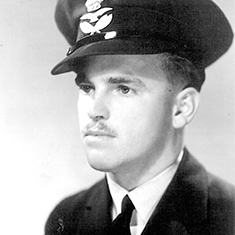
'Wooden Horse' Escape'
The ‘Wooden Horse Escape’ was one of the most innovative escapes of WWII. A tunnel was dug under the noses of the German guards using a vaulting ‘horse’ placed over the mouth of a tunnel relatively near to the prison wire. Though weak with hunger, dozens of men including Ian Keys (1931-34) vaulted and exercised on and around the horse daily for many months, while those below audaciously excavated their way beneath the wire. Three men managed to successfully escape and make their way back to England.
| |
| 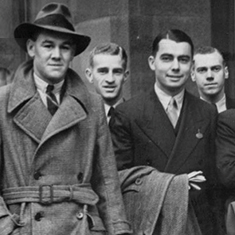 'Great Escaper' 'Great Escaper'
Flight Lieutenant Paul Gordon Royle (1923-27) (wearing the hat) was an Australian Royal Air Force pilot who was one of the last two survivors of the 76 men who were able to escape from the Stalag Luft III German POW in WWII in what became known as ‘the Great Escape’. On the night of 24th March 1944, Paul was fifty seventh in the queue of war prisoners waiting to escape and teamed up with Flight Lieutenant Edgar Humphreys, the next in line. After being pulled through the narrow tunnel on a trolley and climbing the exit ladder, Paul and Edgar ran for the cover of pine trees and then set off in the direction of Switzerland. They evaded capture for two nights and crossed the Berlin to Breslau Autobahn before they were arrested by the home guard upon entering a village. The two men were interrogated by the Gestapo in Görlitz, Paul was then returned to solitary confinement in Stalag Luft III. | |
| 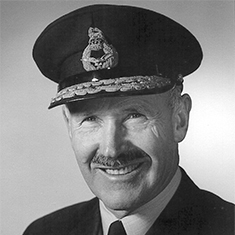
RAAF: Chief of Air Staff
In 1948 Valston Hancock (1923-24) was appointed the first Commandant of the new Air Force Academy at Point Cook, Victoria. In 1961 he was appointed Chief of the Air Staff, promoted to Air Marshall and the following year knighted, adding a KBE to his CB and DFC. It was Valston and another Old Haleian Colin Hannah who were largely responsible in the very early years of WWII for setting up the infrastructure of the ‘Empire Air Training Scheme’. | |
| 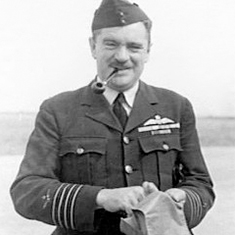
RAAF
Air Commodore Francis Lukis (1911-13) was a senior commander in the Royal Australian Air Force. A veteran of WWI, he first saw combat as a soldier in the Australian Imperial Force at Gallipoli. In 1917, Lukis transferred to the Australian Flying Corps and flew with the No. 1 Squadron in the Middle East, where he was twice mentioned in despatches. A member of the Australian Air Corps following the war, he transferred to the fledgling RAAF in 1921 and became the first commanding officer of the newly re-formed No. 3 Squadron at RAAF Station Richmond, New South Wales in 1925. Frank went on to lead No. 1 Squadron in the early 1930s, and was promoted to group captain in 1938. Appointed an Officer of the Order of the British Empire the same year, he was in charge of RAAF Station Laverton, Victoria during the early years of WWII. | |
| | 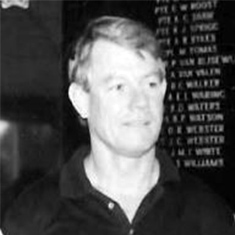
Army Reserve: Company Commander
David Ward (1956-63) started his military background at Hale School as a cadet under officer in his last 2 years of school and then at the Leederville ATC Unit. During 1965 whilst studying, David was called up by the National Service Scheme and attended officer training. David served in Vietnam and when an Infantry Platoon Commander was killed in a Viet Cong ambush, David assumed this role. He participated in the Battles of Coral and Balmoral during the 2nd TET offensive 1968. These battles were considered the most significant battles that Australians were involved in, in South Vietnam. In 2018, David and his fellow Unit members were awarded the Unit Citation for Gallantry for their participation.
David completed his national service in 1968 and joined the Citizen Military Forces (Army Reserve) as an Instructor, promoted to Captain and then Company Commander. David married in 1978 and went on to pursue his studies in accounting. Today his connection continues through various post-Vietnam organisations, 3RAR Association, The Officer Training Unit, RSL Perth and B Company 3RAR reunions. | |